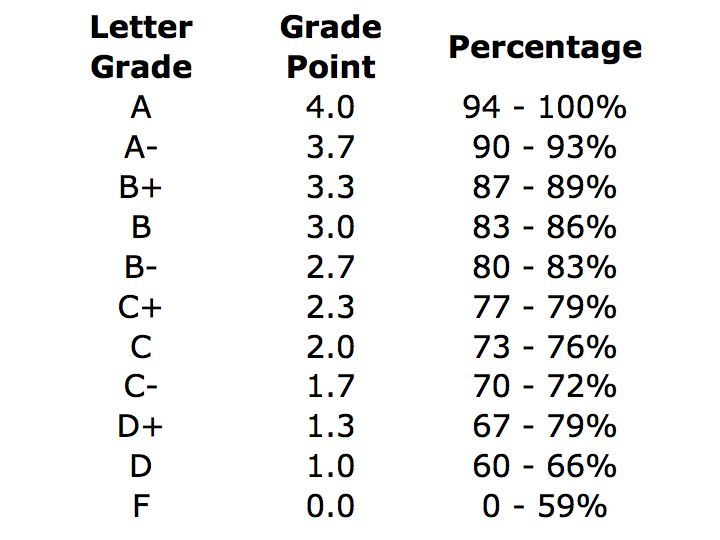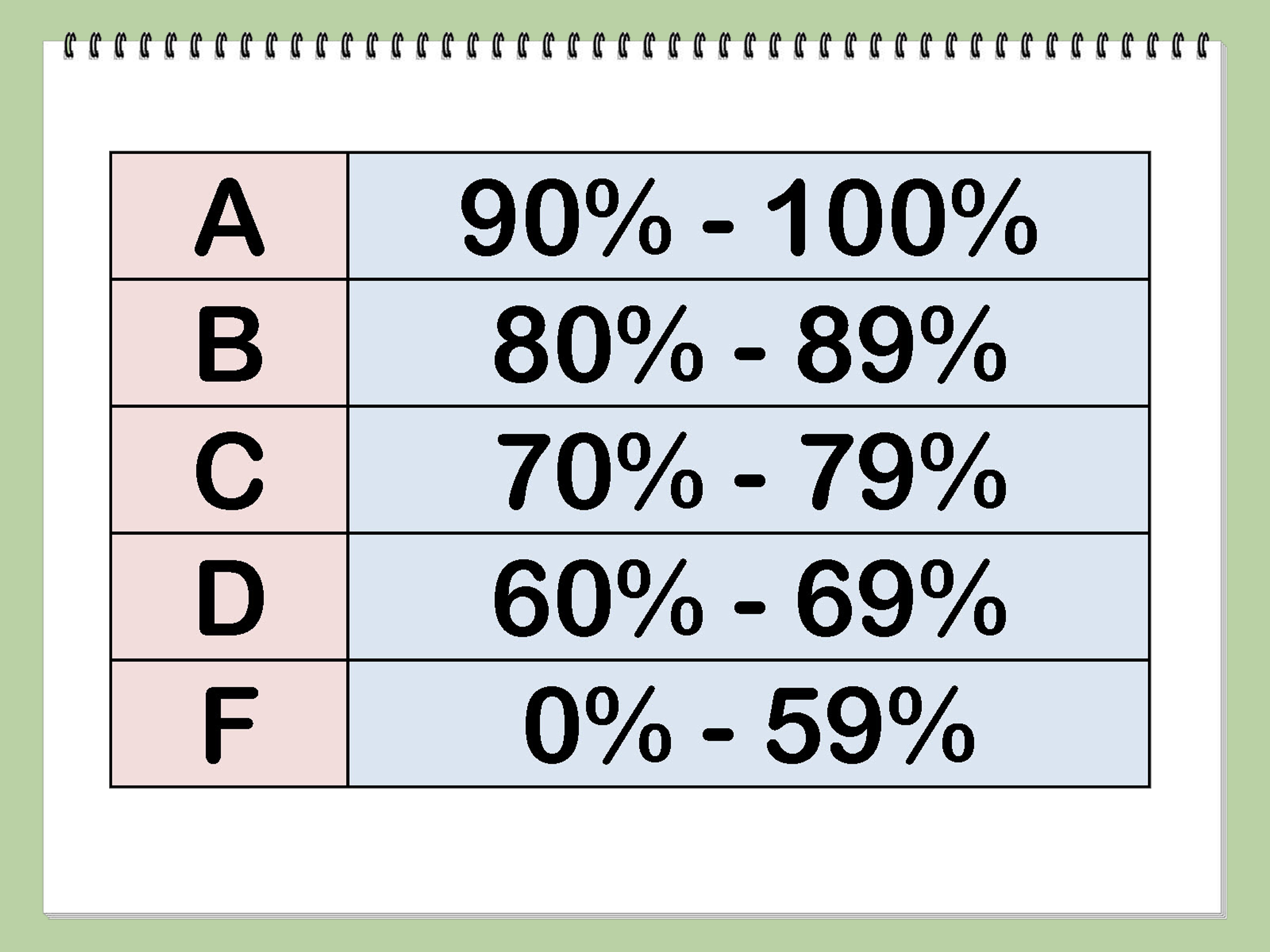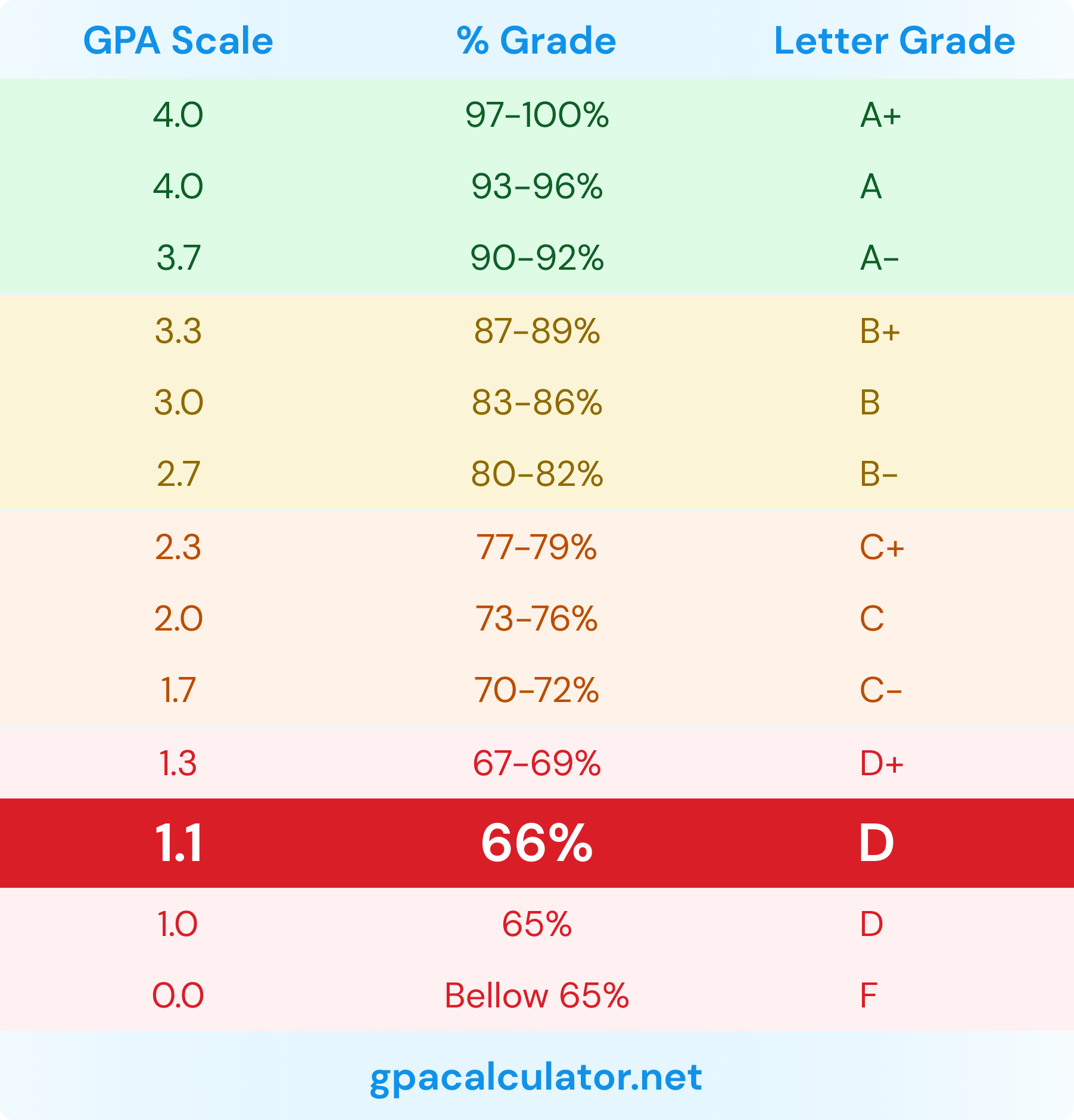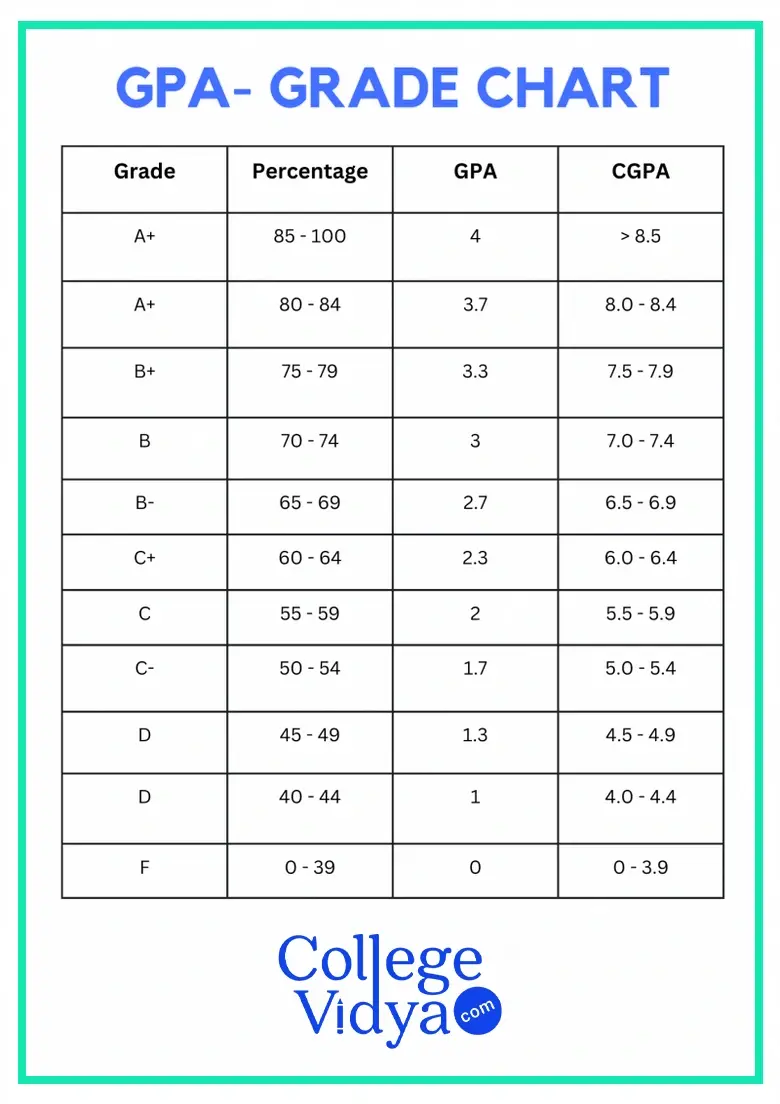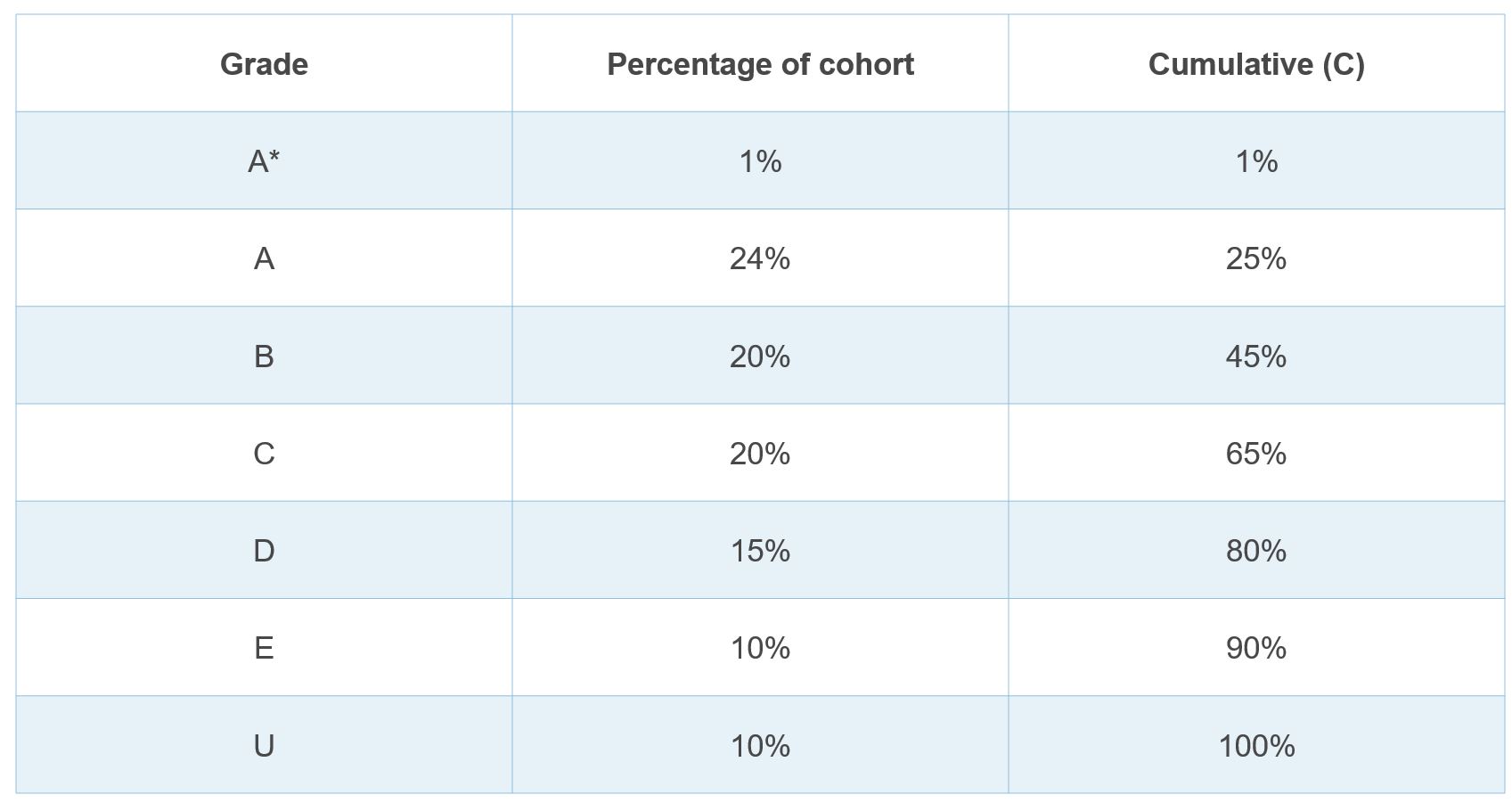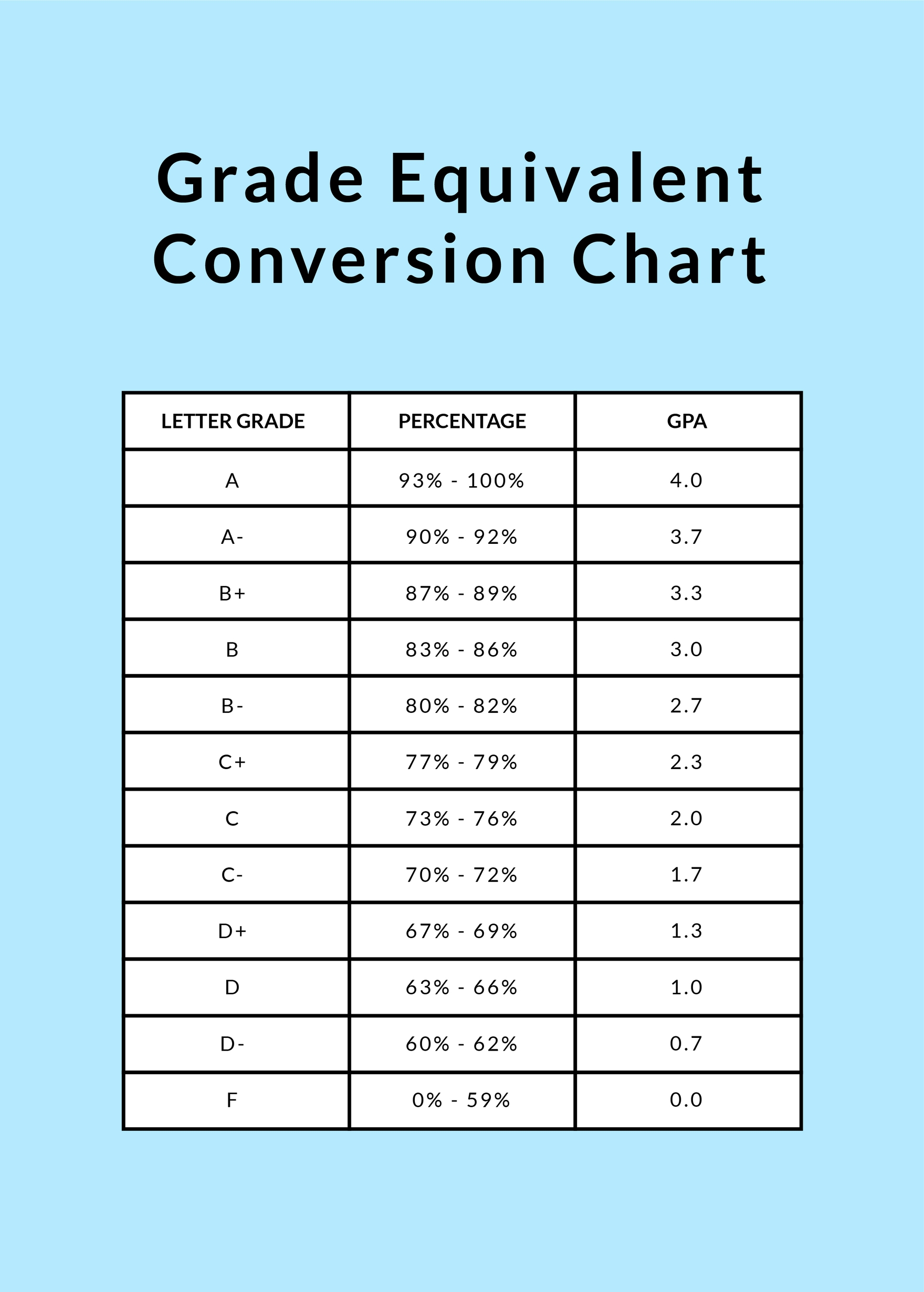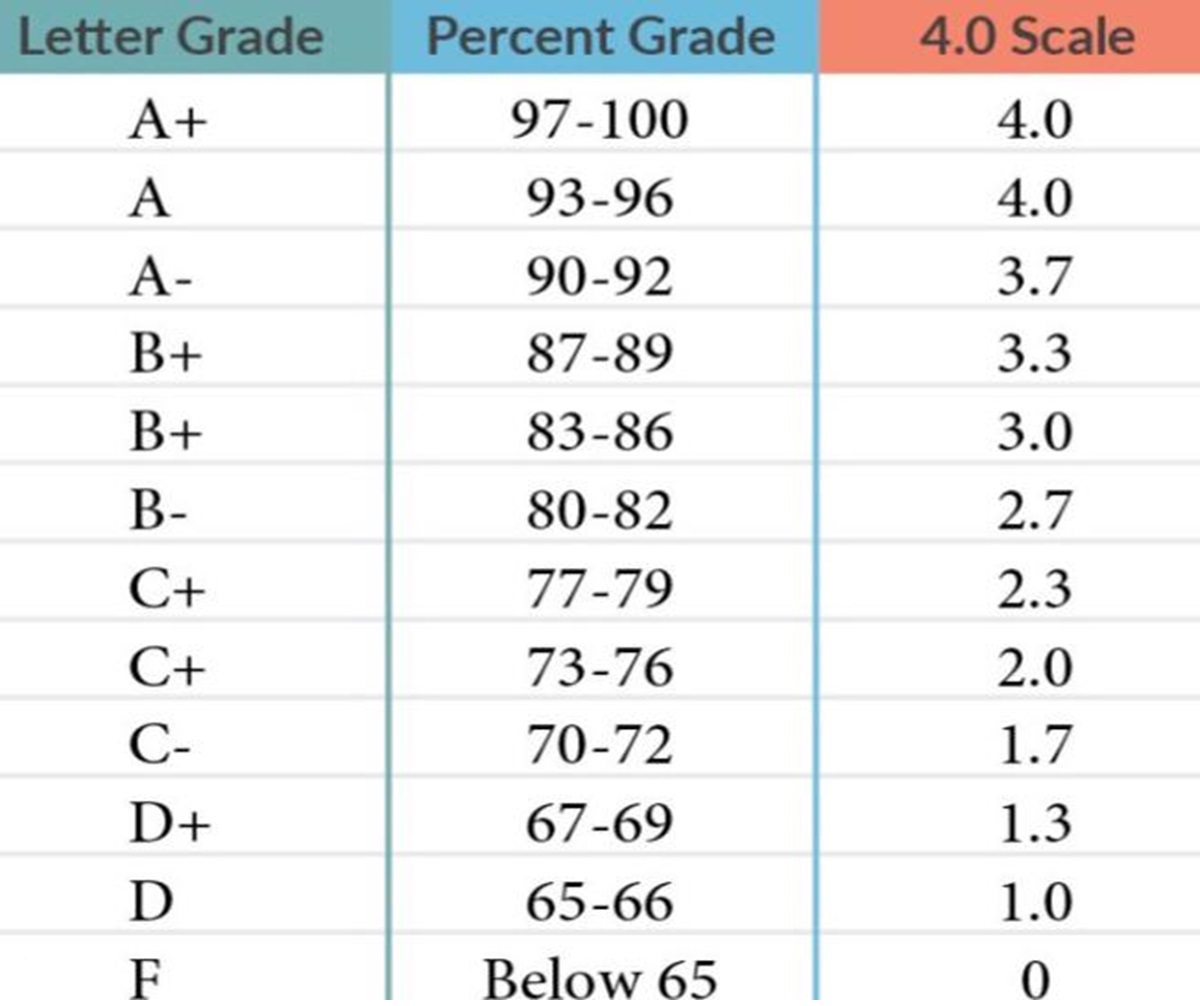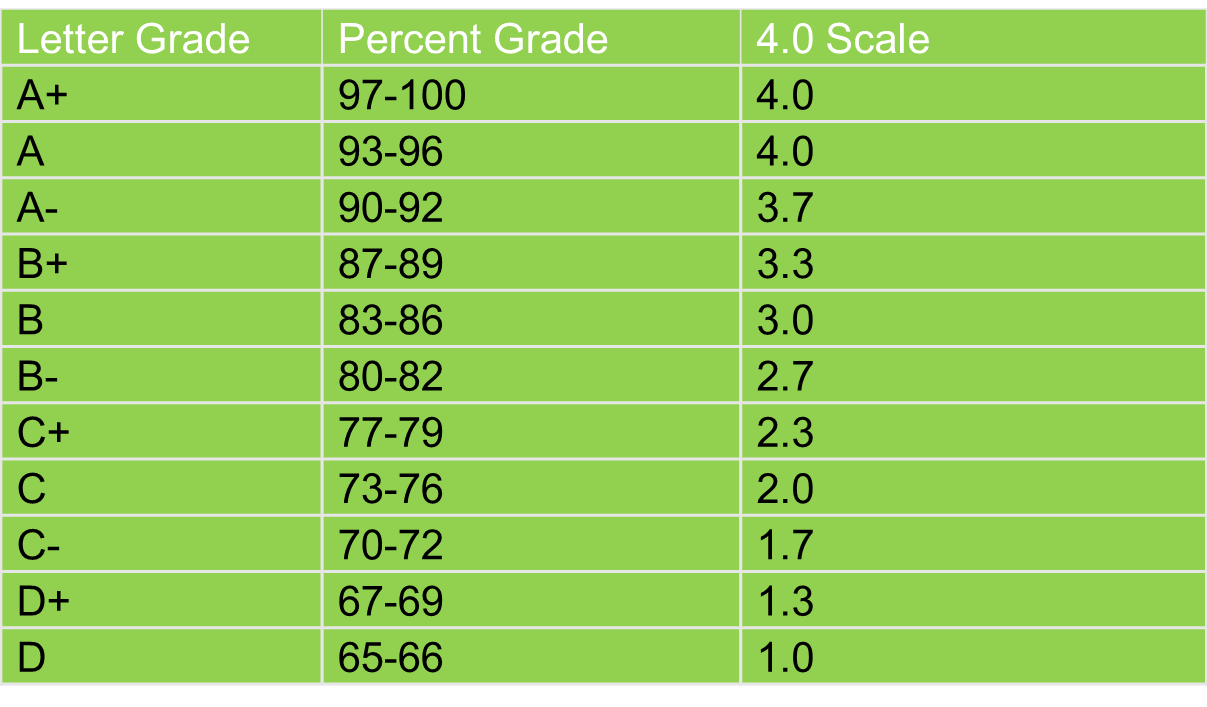10 Out Of 15 Percentage Grade

The aroma of freshly brewed coffee mingled with the hushed anticipation filling the air in Mrs. Davison's eighth-grade math class. Students nervously tapped their pencils, awaiting the return of their recent algebra quiz, a pivotal piece in shaping their final grades. But today, the usual apprehension carried a different note – a quiet buzz about something called the "10 Out of 15 Percentage Grade," a new system quietly being implemented in pockets of schools across the nation.
This article delves into the "10 Out of 15 Percentage Grade," examining its essence, the rationale behind its implementation, its potential impact on students and educators, and the broader educational philosophy it represents. It's not just a grading method; it's a conversation starter about how we evaluate learning and foster student growth in a changing educational landscape.
The Heart of the Matter: What is 10 Out of 15?
At its core, the "10 Out of 15 Percentage Grade" isn't about lowering standards, but rather recalibrating how we measure proficiency. Instead of a traditional percentage score, a student demonstrating a solid grasp of the core concepts receives a "10 out of 15." This translates to a range, typically between 75% and 85%, acknowledging that learning isn't always a precise, linear journey.
It's a shift away from penalizing minor errors that might not reflect a student's true understanding of the material. Think of it as rewarding competency rather than demanding perfection on every single assessment.
The Why Behind the Numbers
Several factors are driving the adoption of this new approach. One key motivation is addressing the negative impact of traditional grading on student motivation and self-esteem. A single low grade can disproportionately affect a student's overall average, leading to discouragement and a sense of learned helplessness, according to research from the Association for Supervision and Curriculum Development (ASCD).
The "10 Out of 15" system aims to mitigate this effect by focusing on demonstrating competency rather than accumulating points. It encourages a growth mindset, where students are more willing to take risks and learn from their mistakes.
Another driving force is the recognition that traditional grading often conflates academic performance with non-academic factors, such as homework completion or participation. While these aspects are valuable, they shouldn't overshadow a student's understanding of the core subject matter.
Unpacking the Benefits
Proponents of the "10 Out of 15 Percentage Grade" highlight several potential benefits. Firstly, it can foster a more positive learning environment by reducing anxiety and encouraging students to focus on mastery.
Secondly, it provides a more nuanced and accurate reflection of student understanding. A student who consistently demonstrates a solid grasp of the core concepts, even with occasional minor errors, receives a grade that reflects their overall competency.
Thirdly, it can encourage teachers to provide more targeted and meaningful feedback. Instead of simply assigning a numerical score, teachers are prompted to focus on specific areas where students can improve.
Potential Challenges and Concerns
Despite the potential benefits, the "10 Out of 15 Percentage Grade" also presents some challenges. One concern is the potential for grade inflation, where students receive higher grades than they deserve, potentially masking underlying learning gaps.
Another challenge is ensuring consistency and fairness across different classrooms and schools. Without clear guidelines and training, teachers may interpret the "10 out of 15" range differently, leading to inconsistencies in grading practices.
Parents, too, may find the system confusing initially, especially if they are accustomed to traditional percentage grades. Clear communication and education are essential to ensure that parents understand the rationale behind the new approach and how it benefits their children.
Voices from the Classroom
Mrs. Johnson, a high school English teacher piloting the "10 Out of 15" system, shares her experience: "Initially, I was hesitant. I worried about grade inflation, but I have found students are more willing to take risks, participate more actively, and focus on understanding. The conversations around learning have become richer and more meaningful."
Several students reported feeling less stressed about tests and quizzes, and more focused on understanding the material. One student, Mark, noted: "Before, a bad grade would just make me want to give up. Now, I see it as a chance to learn and improve."
However, Mr. Davis, a math teacher at another school, expressed concerns about the lack of clear guidelines: "It's challenging to determine what exactly constitutes a '10 out of 15'. Without more specific criteria, it's difficult to ensure fairness and consistency."
The Broader Context: A Shift in Educational Philosophy
The "10 Out of 15 Percentage Grade" is part of a larger movement towards more holistic and student-centered approaches to education. This movement emphasizes the importance of fostering a growth mindset, promoting intrinsic motivation, and providing personalized learning experiences.
It reflects a growing recognition that traditional grading systems, with their focus on ranking and sorting students, can be detrimental to student well-being and academic success. The emphasis is shifting from assessment of learning to assessment for learning.
This involves using assessment data to inform instruction and provide students with targeted feedback to support their growth. It also means creating a learning environment where students feel safe to take risks, make mistakes, and learn from their experiences.
Looking Ahead: The Future of Grading
The "10 Out of 15 Percentage Grade" is still in its early stages of implementation, and its long-term impact remains to be seen. However, it represents a significant step in the ongoing conversation about how we can create more equitable and effective learning environments.
As more schools and districts explore alternative grading practices, it's essential to prioritize clear communication, ongoing professional development for teachers, and collaboration with parents and students.
Ultimately, the goal is to create a system that accurately reflects student learning, promotes motivation, and fosters a lifelong love of learning. The "10 Out of 15" may not be the perfect solution, but it's a valuable contribution to the ongoing evolution of education.
Returning to Mrs. Davison's classroom, perhaps the nervousness in the air isn't just about the quiz itself, but about the changing landscape of education, a landscape where the focus is increasingly on fostering growth, celebrating progress, and empowering students to reach their full potential. A landscape where a "10 out of 15" isn't just a grade, but a stepping stone on the path to lifelong learning.


